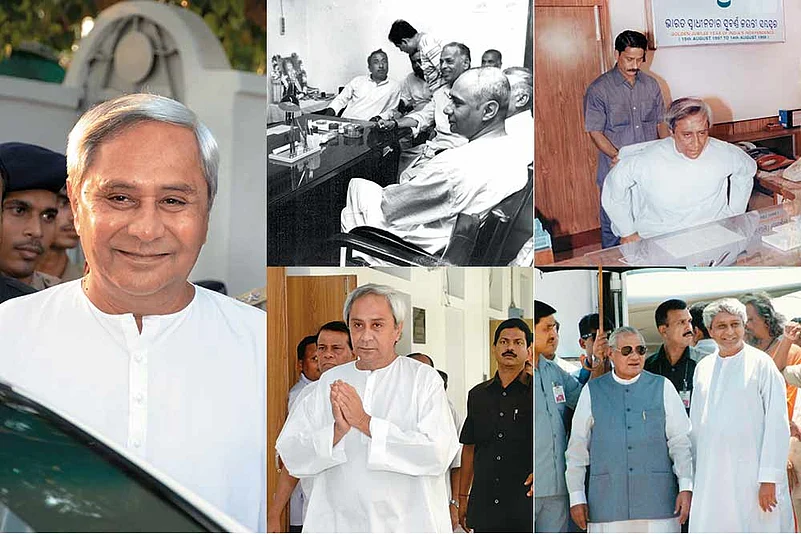For the second time in the last five years, Odisha voted differently from the rest of India. As the results of the simultaneous Lok Sabha and assembly elections trickled in, it became clear that Odias still remain in thrall of the ‘tried and tested’ Naveen Patnaik.
The BJP had started dreaming big after exit polls gave it 21 LS seats, but those vaulting ambitions died as soon as the BJD established unassailable leads in over 100 of the 147 assembly seats; the BJP got a measly 25 at the time of going to press.
The saffron party has the consolation that seven seats in the Lok Sabha and around 25 in the assembly are a huge improvement over 2014, when it won one LS and 10 assembly seats.
So what worked for the BJD? Undoubtedly, behind the stupendous victory, its fifth in a row, stands Naveen himself. It conclusively proves that he is still capable of taking his party past the finishing line almost single-handedly in the face of the great odds. Though the numbers and the voteshare have come down (BJD won 20 LS and 117 assembly seats in the last polls, with a voteshare of around 44 per cent), it’s an achievement.

Neither the exit of leaders like Arjun Sethi, Damodar Rout and Jay Panda nor largescale changes made by Naveen in the list of candidates mattered ultimately. The much vaunted ‘anti-incumbency’ was a figment of imagination.
Unlike in 2014, when the Modi wave had completely bypassed Odisha, the BJP’s main influencer of votes had drawn an enthusiastic response from people everywhere he went during his numerous visits to the state during the long campaign this year. The gains made by the BJP in the election can be attributed majorly to the blitzkrieg launched against Naveen/BJD by Modi himself and Amit Shah. But even a cursory look at the trends makes it clear that it was not good enough to seriously threaten Naveen in his own turf. The party now has to go back to the drawing board and come up with a new strategy to win here.
For all one knows though, part of the reason for the modest gains made by the BJP in Odisha could be the near-complete decimation of the Congress. The party that had 16 seats in the last assembly (though none in the Lok Sabha) has now slipped even further. It now looks set to be content with about 10-12 assembly seats, no LS seats and to formally concede the principal opposition party tag to the BJP, its main rival at the national level. It is, however, entirely possible that part of the vote the Congress lost went the BJD’s way, swelling the latter’s numbers.
As a wag commented after the trends became clear, Naveen had his ‘best chance’ of losing an election this time, but he ‘failed to grab it’. Considering that he is already 73, the BJD supremo can now regard himself, in the autumn of his career, as a rare politician who has never ‘tasted’ defeat!
















